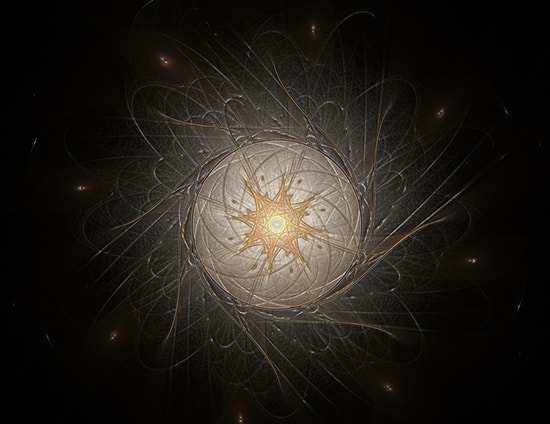
Modern physics is either about studying the universe on a macro or micro scale. Increasing numbers of physicists are looking at atomic and sub-atomic particles to answer questions like “How did the universe evolve to have more matter than anti-matter?” The two branches of physics that are specifically concerned with this are particle physics and nuclear physics.
What is Particle Physics?
Particle physics is the study of the particles which make up matter and radiation. In this field, particle means the smallest detectable particles that cannot be further reduced into smaller constituents. From the viewpoint of quantum physics, these particles are the excitations of the quantum fields.
Currently, the dominant theory that explains the nature of these particles and fields is called the Standard Model. Physicist studying modern particle physics generally investigate the Standard Model and its extensions, such as the Higgs Boson particle.
Researches in modern particle physics primarily focus on subatomic particles that include the following:
- Electrons, protons and neutrons (the latter two are, in fact, composite particles made of quarks),
- Particles produced by scattering and radioactive processes, such as neutrinos, photons and muons, and
- Exotic particles, such as dark matter, which are still poorly understood.
All the subatomic particles and their interactions observed to date can be described by the Standard Model, which is a quantum field theory. This model describes 61 elementary particles that can combine to form composite particles. Since the 1960s, hundreds of composite particles have been found that agree with the Standard Model.
However, particle physicists believe that the picture is yet to be completed and they are trying to discover a theory, nominally the Theory of Everything, which intertwines all theories of physics.
What is nuclear physics?
Nuclear physics is the study of atomic nuclei and their constituents (protons and neutrons) and how they interact with each other. Researches in nuclear physics have led to discoveries that have had profound and lasting impacts: nuclear weapons, nuclear power, radiocarbon dating, magnetic resonance imaging (MRI) and industrial and agricultural isotopes.
You may have learnt how Ernest Rutherford discovered the nucleus. That was way back in 1906. Since then, many things have happened in this field. You must also have heard of terms like nuclear decay, nuclear fusion and nuclear fission. Here is a brief introduction to these concepts.
- Nuclear decay: Elements have two types of isotopes: stable and unstable. There are about 254 stable and thousands of unstable isotopes. Also called radioisotopes, unstable isotopes decay over time. The timescale ranges from a fraction of a second to hundreds of billion years.
- Nuclear fusion: Nuclear fusion occurs when two nuclei of low mass come so close to each other that they up becoming fused together by the strong nuclear force. The process requires a tremendous amount of energy and can only take place in conditions of extremely high temperature and pressure.
- Nuclear fission: The reverse of nuclear fusion, nuclear fission breaks a heavy nuclear apart into two lighter nuclei, releasing a tremendous amount of energy in the process.
Research in modern nuclear physics mainly focus on the study of nuclei subjected to extreme conditions, such as excitation energy and high spin. If you are having problems with this or any other topic, then consider signing up for a physics tuition class. A good tutor can help you improve your performance.

